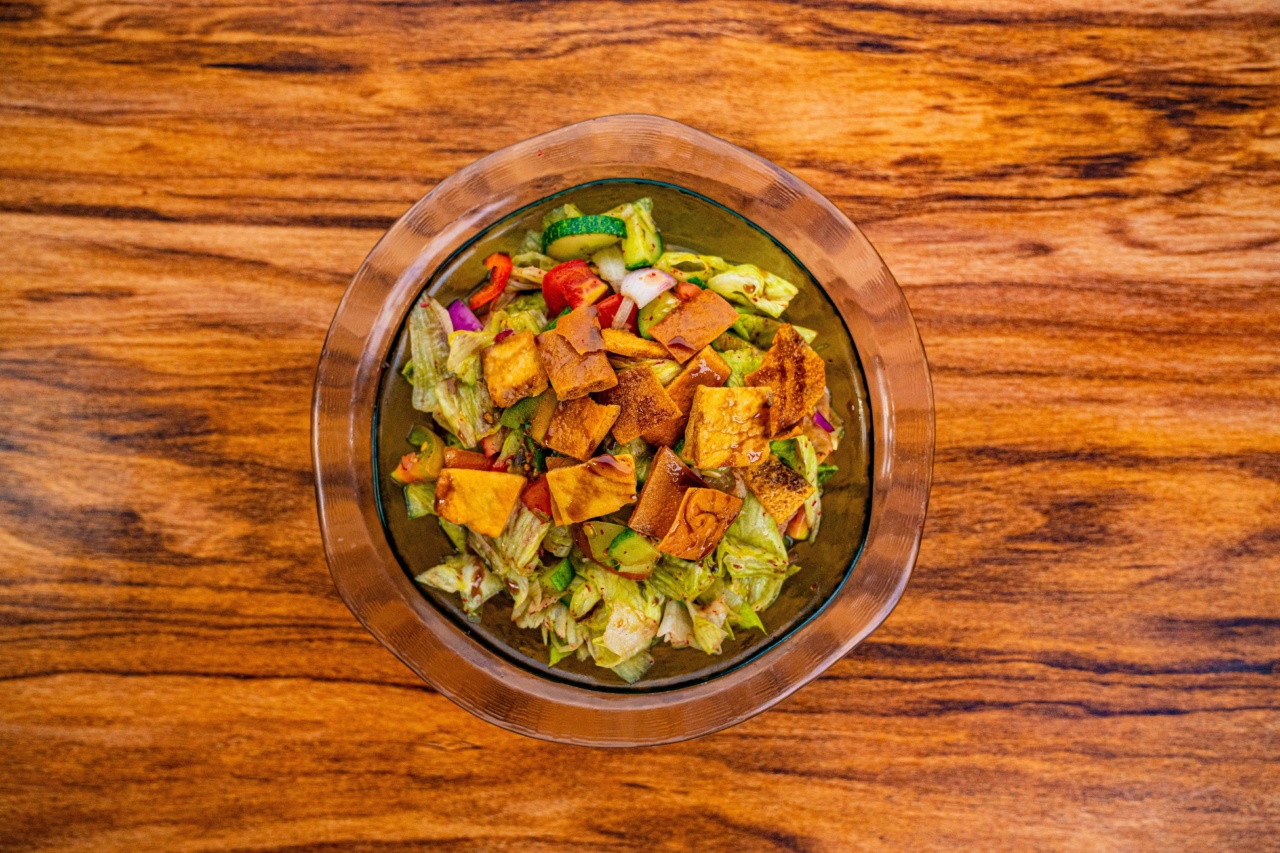In today’s fast-paced world, many of us tend to neglect our health, especially in terms of our bones. As we age, our bones become weaker, and if we don’t take care of them, we can be at risk of developing diseases like osteoporosis.
Fortunately, there’s a solution: the bone-saver diet. This article will provide you with everything you need to know about the bone-saver diet, from what it is to how to follow it.
What is the Bone-Saver Diet?
The bone-saver diet is a nutrition plan designed to promote bone health and prevent osteoporosis. The diet consists of foods that are rich in calcium, vitamin D, magnesium, and other bone-healthy nutrients.
These foods not only help strengthen your bones but also improve your overall health.
Benefits of the Bone-Saver Diet
The bone-saver diet provides several benefits such as:.
- Stronger bones: The diet is designed specifically to promote bone health. By consuming foods that are rich in calcium, vitamin D, and magnesium, you can help build stronger bones, reducing your risk of osteoporosis.
- Improved overall health: The bone-saver diet is filled with nutrient-rich foods that can help improve your overall health. By eating a balanced diet, you can reduce your risk of chronic diseases like heart disease, diabetes, and cancer.
- Reduced inflammation: The foods in the bone-saver diet are anti-inflammatory, which can help reduce inflammation in the body. Inflammation is linked to several chronic diseases, and reducing it can help prevent them.
- Weight management: The bone-saver diet is filled with foods that can help you maintain a healthy weight. By eating a balanced diet, you can reduce your risk of obesity, which is linked to several chronic diseases.
Foods to Eat on the Bone-Saver Diet
The bone-saver diet is based on a variety of nutrient-rich foods that are good for your bones. These include:.
- Dairy products: Milk, cheese, and yogurt are all good sources of calcium, which is essential for bone health.
- Green leafy vegetables: Kale, spinach, collard greens, and other greens are rich in vitamin K, which plays a vital role in bone health.
- Canned salmon: Salmon is an excellent source of vitamin D, which is essential for the absorption of calcium.
- Almonds: Almonds are rich in magnesium, which is necessary for the development and maintenance of healthy bones.
- Fortified cereals: Many cereals are fortified with calcium and vitamin D, making them an excellent choice for the bone-saver diet.
Foods to Avoid on the Bone-Saver Diet
While many foods are good for bones, some can have a negative impact on bone health. These include:.
- Caffeine: Consuming too much caffeine can lead to calcium loss and weaken bones.
- Sugar: Consuming too much sugar can lead to inflammation, which can affect bone health.
- Salt: Consuming too much salt can lead to calcium loss and affect bone health.
- Alcohol: Consuming too much alcohol can affect bone health by reducing bone mass and increasing the risk of fractures.
Sample Menu for the Bone-Saver Diet
Here’s a sample menu for the bone-saver diet:.
- Breakfast: Greek yogurt with berries and almonds
- Lunch: Spinach salad with canned salmon and avocado
- Dinner: Grilled chicken with steamed broccoli and brown rice
- Snack: Apple slices with almond butter
Conclusion
The bone-saver diet is a nutrition plan designed to promote bone health and prevent osteoporosis.
By eating a balanced diet that’s filled with nutrient-rich foods, you can help build stronger bones and reduce your risk of chronic diseases like heart disease, diabetes, and cancer. So, start incorporating bone-saver foods into your diet today and give your bones the nutrients they need to stay strong and healthy.































